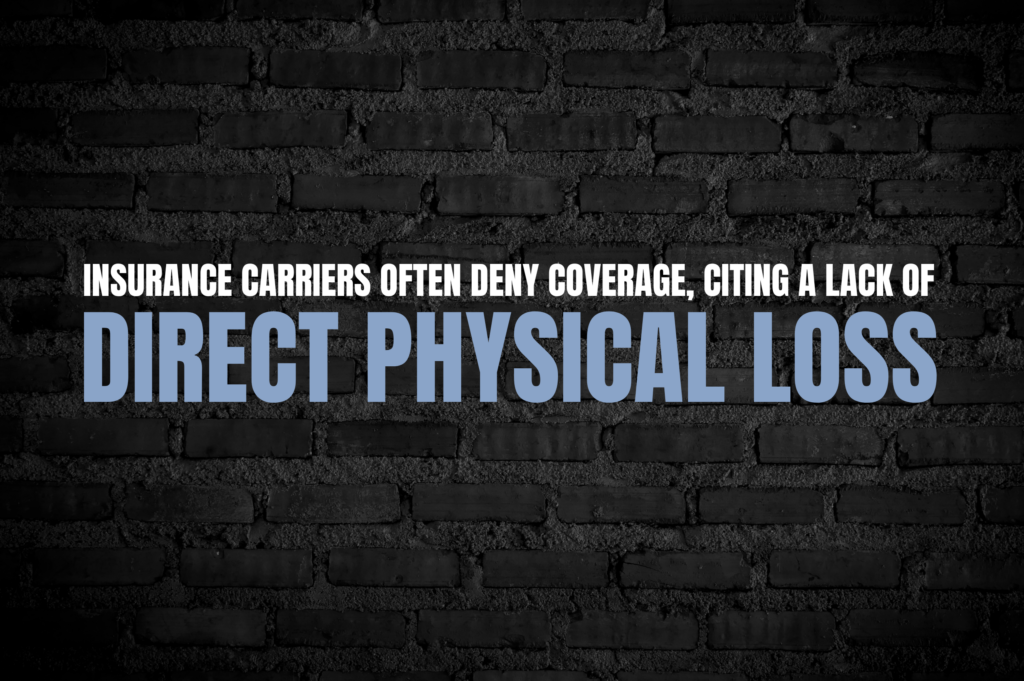Your Home Didn’t Burn—But It May Still Be Unsafe
Even with the severity of the wildfires earlier this year, thousands of properties remain standing despite utter destruction in their area. But “standing” does not mean safe or safely inhabitable. And it certainly doesn’t mean spared.
In the weeks following the fires, some property owners were flooded with gratitude. The photo albums. The baby blanket. The wedding dress. The heirloom furniture. They’re all still there—in exactly the same place they were left.
But as the smoke clears, the reality of the situation becomes clear: these items, and the house around them, are now covered in toxins—soot, ash, and chemicals from older properties filled with lead and asbestos. The damage from a wildfire doesn’t end with the flames—it lingers, hidden in walls, coating carpets, embedded in the air.
Yet, when it’s time to seek help, fire victims are met with resistance. Minimization. Denial. A system more focused on what did or didn’t burn versus the safety and habitability of what remains.
The Hidden Damage No One Warns You About
A property can look untouched on the outside and still be deeply compromised inside. Wildfire smoke doesn’t need direct flames to destroy a structure—it seeps into everything: drywall, HVAC systems, insulation, carpet, cabinets, and wiring.
This isn’t just about the smell of smoke. It’s about chemical exposure. When properties, vehicles, batteries, plastics, and construction materials are incinerated in high-heat fires, they release hazardous substances into the air—heavy metals, carcinogens, and volatile organic compounds (VOCs) that cling to surfaces and settle into building materials.
Many of these toxins are not only dangerous—they’re nearly impossible to remove without significant remediation.

When “Surviving” Means Living in a Contaminated Home
In a recent 60 Minutes investigation, California property owners shared their story of surviving a catastrophic wildfire, only to be informed that their insurance carrier won’t be covering the related smoke damage. Even in situations where independent testing has revealed levels of toxins that make the house and/or property unfit to occupy.
The 60 Minutes episode featured Lynn McIntyre, whose “insurance company says it will not cover the cost of cleaning it all up because it says it does not constitute, quote, a “direct physical loss.”” She is now residing in an out-of-town apartment as she navigates the long road ahead for her and her neighbors.
The Insurance Loophole You Didn’t Know Existed
Policyholders are finding themselves stuck in the gray area between common sense and policy language. Most insurance contracts require “direct physical loss or damage” to trigger coverage—but insurers often argue that smoke contamination, chemical residue, or poor air quality do not meet that standard.
“Under California law, direct physical loss or damage to property requires a distinct, demonstrable, physical alteration to property. The physical alteration need not be visible to the naked eye, nor must it be structural, but it must result in injury to or impairment of the property as property.”
Even when laboratory testing confirms dangerous levels of toxins, carriers rely on ambiguous policy language, lead exclusions, and the absence of visible structural damage to deny claims.
This approach leaves families with an impossible decision: live in a contaminated home, pay out-of-pocket for expensive remediation, or face displacement with no financial support.
Your Policy Wasn’t Written With Today’s Wildfires in Mind
Modern wildfires are faster, hotter, and more destructive than in years past. They involve more synthetic materials, industrial pollutants, and extreme wind conditions that drive smoke into communities miles from the fire line. Yet most property insurance policies haven’t evolved to reflect this new reality.
In other words, your coverage may not be prepared for the actual risks you face.
If you own a property in a fire-prone area, we recommend having your insurance policy thoroughly reviewed by our experienced team. We’ll outline your coverage details so you can be prepared in the case that a disaster strikes. Submit your policy for review today!
What You Can—and Should—Do Right Now
If your property was in the vicinity of a wildfire—even if flames never touched your property—you have every right to investigate. You do not need to wait for visible damage to act.
Start by:
-
-
- Reviewing your policy carefully, particularly around exclusions for smoke, soot, or “indirect” damage.
- Requesting professional environmental testing. Air quality assessments, surface swabs, and material sampling can identify toxic residues not visible to the eye.
- Documenting health concerns and visible signs of contamination.
- Consulting with a licensed public adjuster before filing a claim or accepting a denial.
-
An experienced and licensed public adjuster understands how to present your case using scientific evidence, challenge vague denial language, and advocate for the coverage you deserve.
Your Safety is a Top Priority
At Premier Claims, we work with environmental specialists, forensic inspectors, and policy experts to uncover contamination that insurance carriers try to ignore.
If you’ve been told your property is fine simply because it didn’t burn, we urge you to take a second look. Your safety, your health, and your investment are worth more than the fine print.
If you suspect your home has been affected by this year’s wildfire smoke or toxic exposure, we’ll provide a complimentary claim consultation and walk you through your options.
Submit your claim for review today!
If you or someone you know lives near wildfire zones, forward this blog. Talk about it. Because the real damage isn’t always visible—and it’s time people knew.
"*" indicates required fields
